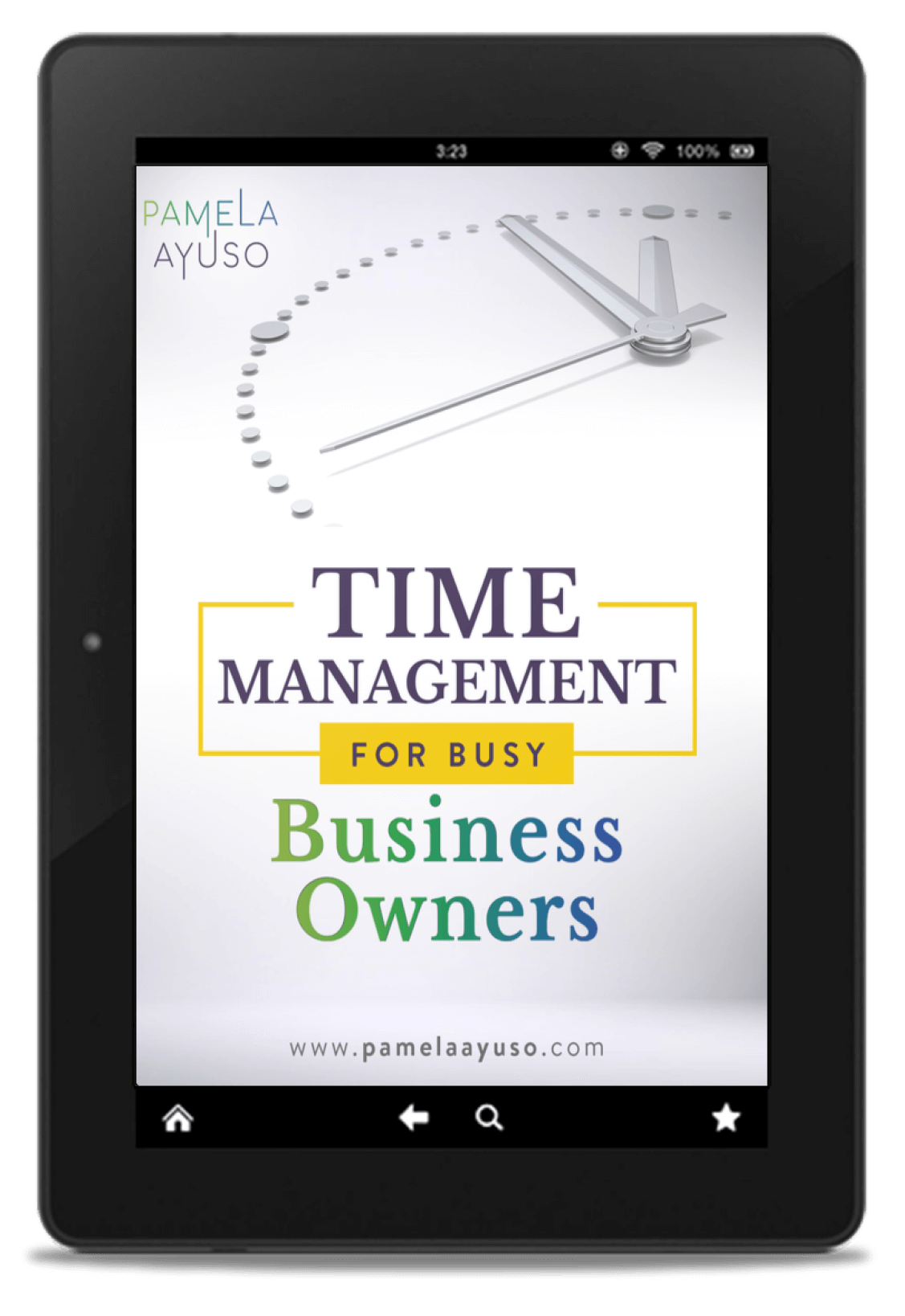I just finished reading Ray Dalio’s book Principles: Life and Work (public library), which was released in September 2017. Ray Dalio is the founder of Bridgewater Associates, the world’s largest hedge fund, and his book was highly anticipated due to the scale of his renown and success. His work is about the principles he developed to guide him both personally and professionally. Dalio has chosen to share these principles so others can benefit from the wisdom and experiences he and his company have accumulated over the years.
Despite his unusual approaches, Dalio’s book carries tremendous wisdom and practical insight. I highly recommend reading Principles: Life and Work because his principles apply to everybody who has goals, and his ideas provide an extremely valuable way of looking at the world. In case you haven’t had a chance to read it, here are some of the points that I found most impactful in “Part I: Where I am Coming From” and “Part II: Life Principles.” I will continue next week with my analysis of “Part III: Work Principles.”
![[Photo: Vladimir Kudinov/Unsplash]](https://www.pamelaayuso.com/wp-content/uploads/2021/01/vladimir-kudinov-12761.jpg)
[Photo: Vladimir Kudinov/Unsplash]
On Nature
“Don’t get hung up on your views of how things ‘should’ be because you will miss out on learning how they really are. I now realize that nature optimizes for the whole, not for the individual, but most people judge good and bad based only on how it affects them. To be ‘good’ something must operate consistently with the laws of reality and contribute to the evolution of the whole; that is what is most rewarded. Conversely, reality tends to penalize those people, species, and things that don’t work well and detract from evolution.”
Principles: Life and Work, Ray Dalio
Dalio has looked beyond himself and studied nature to learn how it has evolved to work as precisely as it does. One of the principles he has formed is that nature seeks what is best for the entire unit, not necessarily for each of its parts. Sometimes a decision that benefits an individual will negatively affect the group as a whole. For example, a mistaken promotion may favor the person who is ascended but if the decision is not right for the entire department, it will have a negative effect for all. The key is to align personal incentives with the group’s well-being and work towards the growth and evolution of the whole. This growth will then flow more naturally for all.
On Strategy
“Think of yourself as a machine operating within a machine and know that you have the ability to alter your machines to produce better outcomes. By comparing your outcomes with your goals, you can determine how to modify your machine. Distinguish between you as the designer of your machine and you as a worker with your machine.”
Principles: Life and Work, Ray Dalio
It is easy to get lost among the trees and forget what the forest looks like, especially when we are immersed in our day-to-day work and problems. It is imperative to remember to frequently examine the big picture.
Dalio recommends seeing ourselves as machines that are producing an outcome within another machine, which is the company. It is a useful perspective for stepping outside the daily tasks and looking at what we are currently producing and where we are headed. With this information in hand, you can improve the machine (you) and get back to work with a rejuvenated perspective. It is useful to switch between points of view, working on your machine versus designing the machine to improve the results.
Then, it helps to look at the firm as a whole, which is also a machine. It should be producing the expected outcome and any time it doesn’t, it is important to question why and create a solution to fix it.
![[Photo: Dmitry Rtushny/Unsplash]](https://www.pamelaayuso.com/wp-content/uploads/2021/01/dmitry-ratushny-412448.jpg)
[Photo: Dmitry Rtushny/Unsplash]
On Weaknesses
“… stop seeing struggling as something negative. Most of life’s greatest opportunities come out of moments of struggle; it’s up to you to make the most of these tests of creativity and character. When encountering your weaknesses you have four choices: 1. You can deny them (which is what most people do). 2. You can accept them and work at them in order to try to convert them into strengths (which might or might not work depending on your ability to change). 3. You can accept your weaknesses and find ways around them. 4. Or, you can change what you are going after. Which solution you choose will be critically important to the direction of your life.”
“Asking others who are strong in areas where you are weak to help you is a great skill that you should develop no matter what, as it will help you develop guardrails that will prevent you from doing what you shouldn’t be doing. All successful people are good at this.”
Principles: Life and Work, Ray Dalio
I love Dalio’s ideas behind weaknesses; we all have them, and his recipe for dealing with shortcomings resonated with me. He says that option two, turning weaknesses into strengths, is the best one. I agree, especially if the weakness represents a skill that is essential to obtaining your goals. It might, however, sometimes not be worth it to overcome these flaws simply because it takes too much time and effort. Therefore, at that point, the smartest thing is to find how to work with them. For example, you can work with others who are strong where you are weak.
Dalio emphasizes that each decision we make takes us on a certain path and contributes to our future. It is best to see the weaknesses for what they are, select the best way to deal with them, whether it is option 2, 3 or 4, and intentionally take the optimal route in that situation.
![[Photo: Laura Kapfer/Unsplash]](https://www.pamelaayuso.com/wp-content/uploads/2021/01/laura-kapfer-hmCMUZKLxa4-unsplash.jpg)
[Photo: Laura Kapfer/Unsplash]
On Being Open-Minded
“I saw that the only way I could succeed would be to: 1. Seek out the smartest people who disagreed with me so I could try to understand their reasoning. 2. Know when not to have an opinion. 3. Develop, test, and systemize timeless and universal principles. 4. Balance risks in ways that keep the big upside while reducing the downside.”
Principles: Life and Work, Ray Dalio
Dalio seeks out intelligent people who have contrasting points of view and includes their ideas in his thought process. He believes that every mind is set up differently, and the real wealth comes from taking in and benefiting from all opinions. Sometimes one person will lead, and other times, someone else will guide the discussion. What matters most is that the best ideas emerge and are the ones that are followed.
Another key point throughout his book is the importance of systemizing how decisions are made. In order to achieve this, Dalio started keeping track of the principles he used each time he was deciding. For every subsequent decision, he used the same guidelines he had used before and tested them against expectations. Dalio than systemized those proven principles and has continued to improve them.
On Achieving
Dalio’s “5-Step Process to Get What You Want Out of Life” is as follows:
“1. Have clear goals. 2. Identify and don’t tolerate the problems that stand in the way of your achieving those goals. 3. Accurately diagnose the problems to get at their root causes. 4. Design plans that will get around them. 5. Do what’s necessary to push these designs through to results.”
Principles: Life and Work, Ray Dalio
The author recommends these five steps for working towards any objective you have. The first step has to be explicit: without stated goals, it will be difficult to know what direction needs to be taken and ultimately whether the plan is successful. As problems arise, they need to be acknowledged, diagnosed, and solved. Finally, the work must be executed to achieve the goals.
Each step must take place on its own. Dalio suggests that when you are setting your goals, that is all you do: set your goals. Similarly, when you are getting to the root of the problem, it is important not to jump to a solution. This is something I am often tempted to do when I am problem-solving, but I’ve learned to implement Dalio’s strategies.
The process is iterative so that as we are working on the business, we make our way through the five steps and start over when we are finished. Each iteration will take us to a higher level of evolution.
Next week I will share with you my insights on “Part III: Work Principles.” If you are interested in reading more about Ray Dalio’s ideas, his book is available here.
Dalio, Ray. Principles: Life and Work. New York: Simon & Schuster, 2017. E-book.



